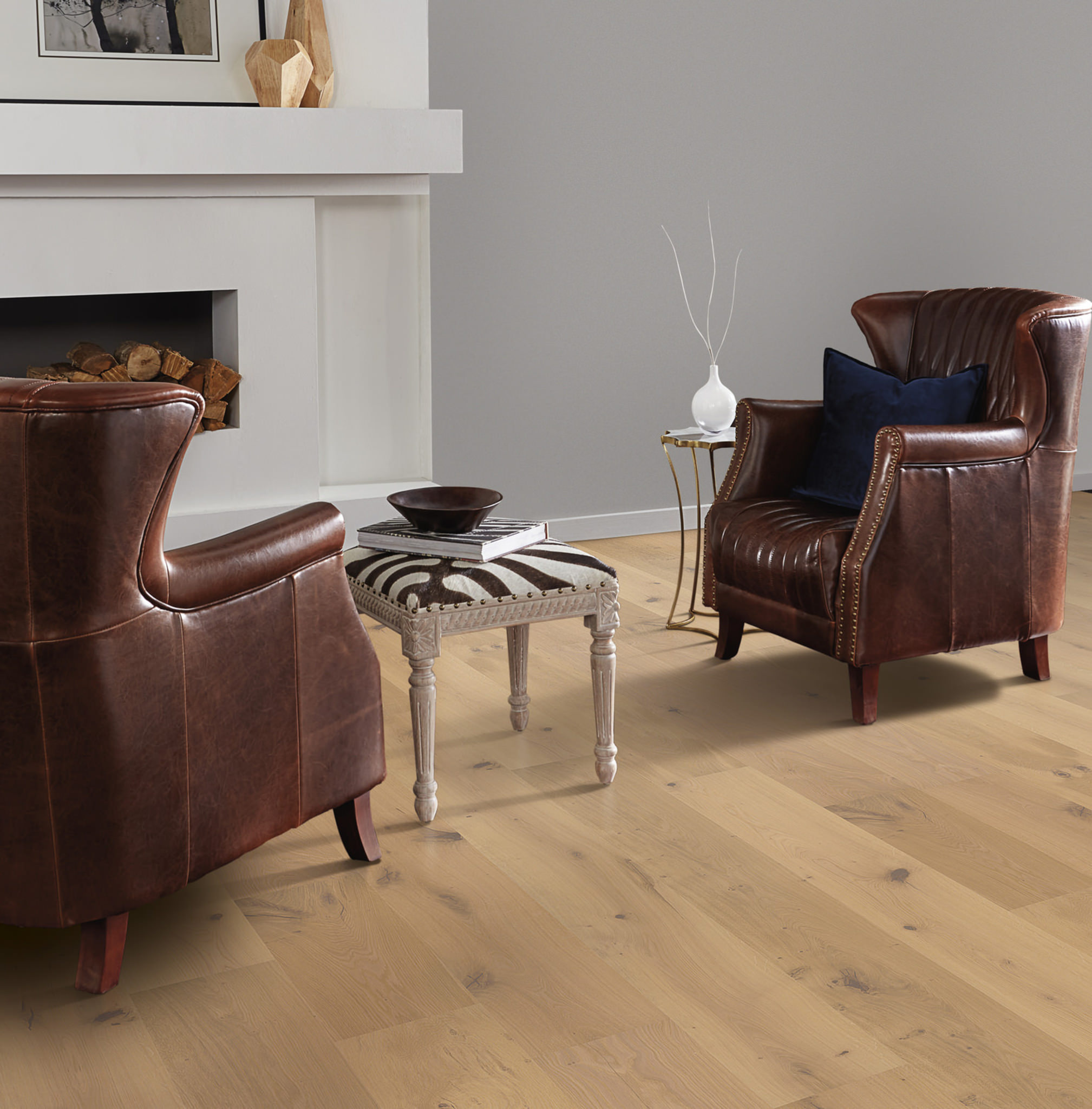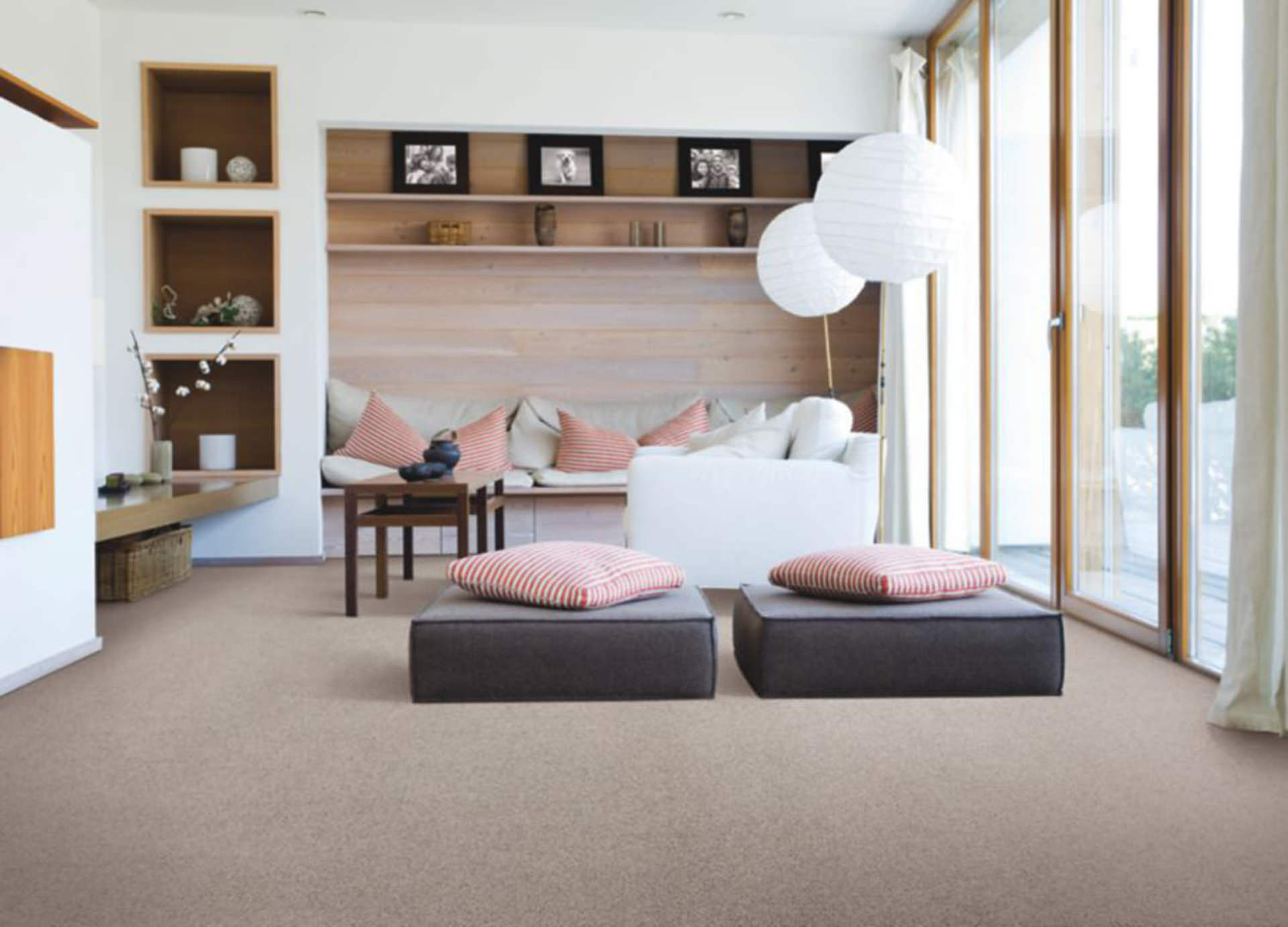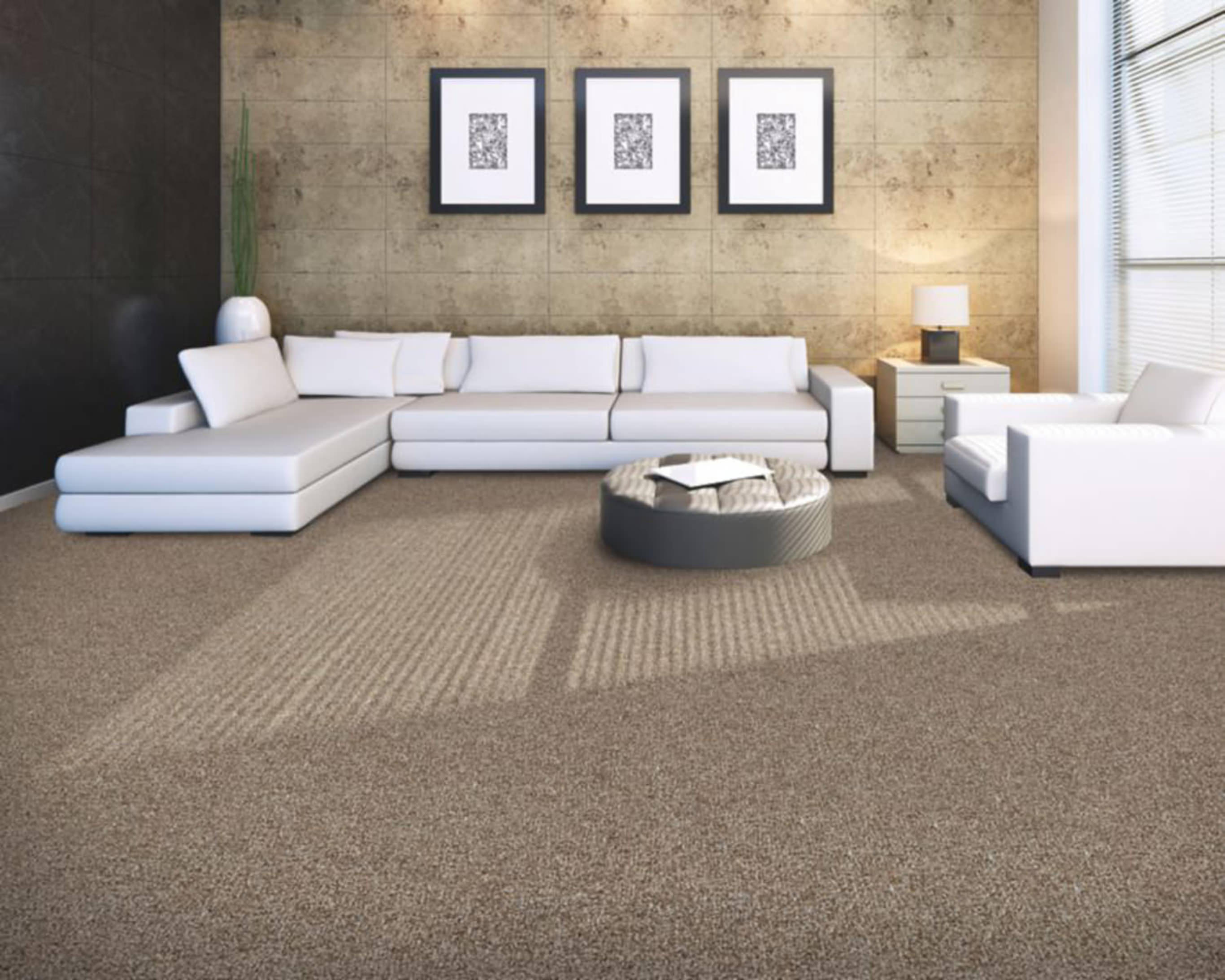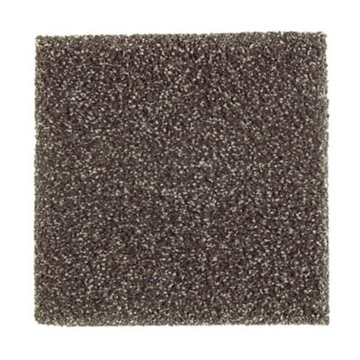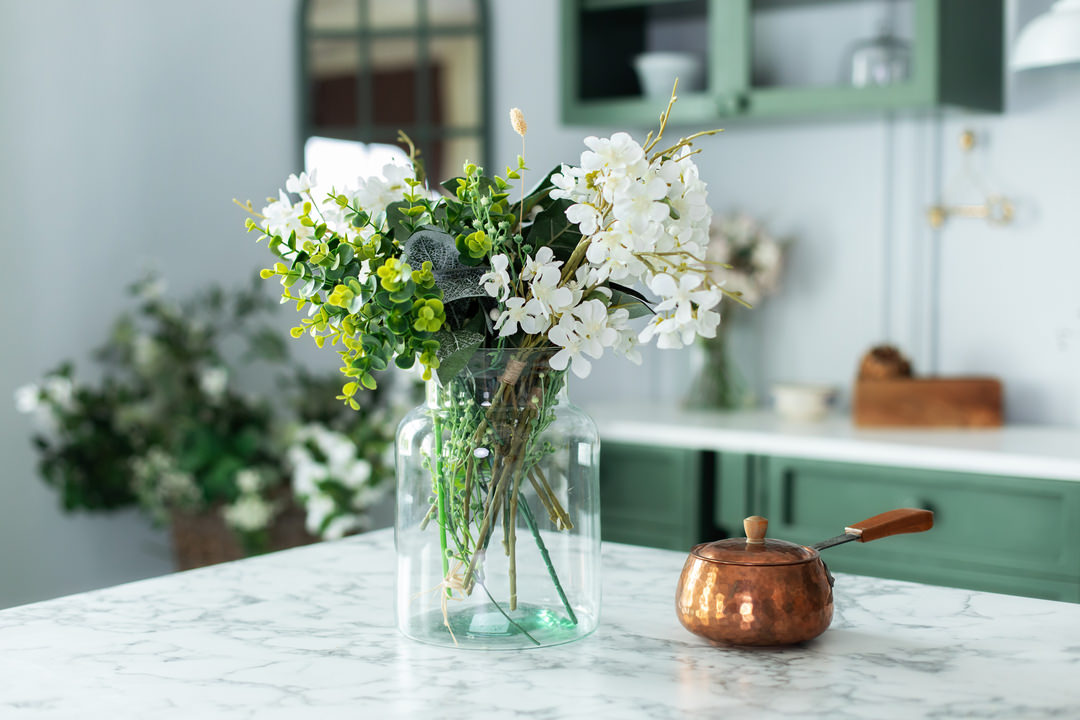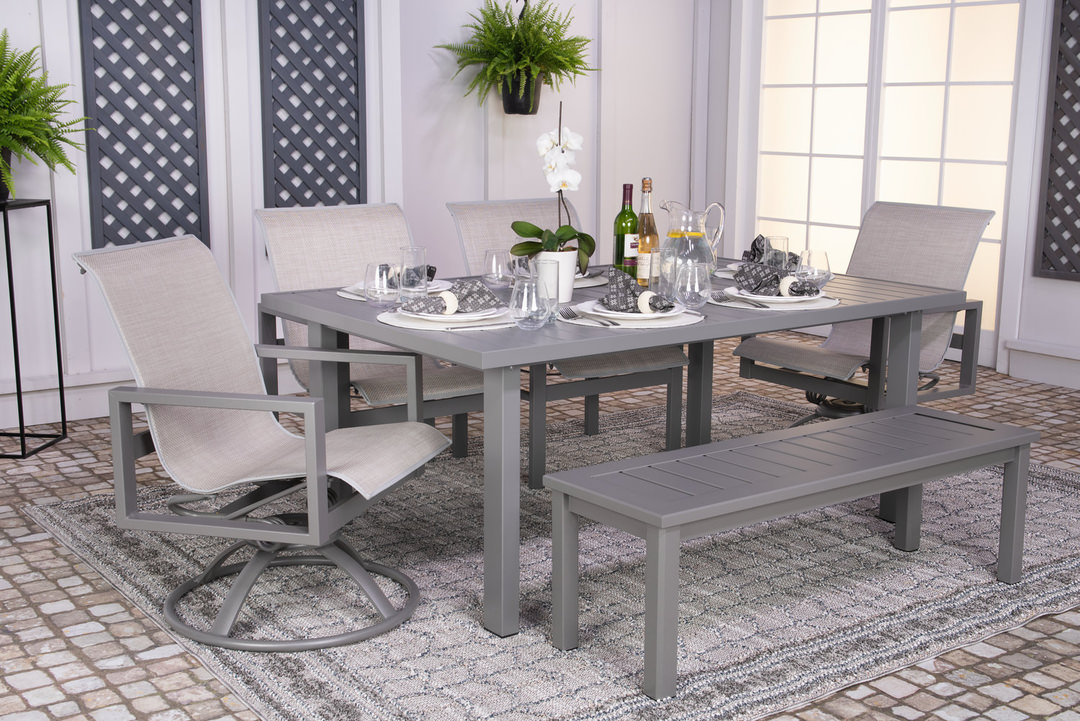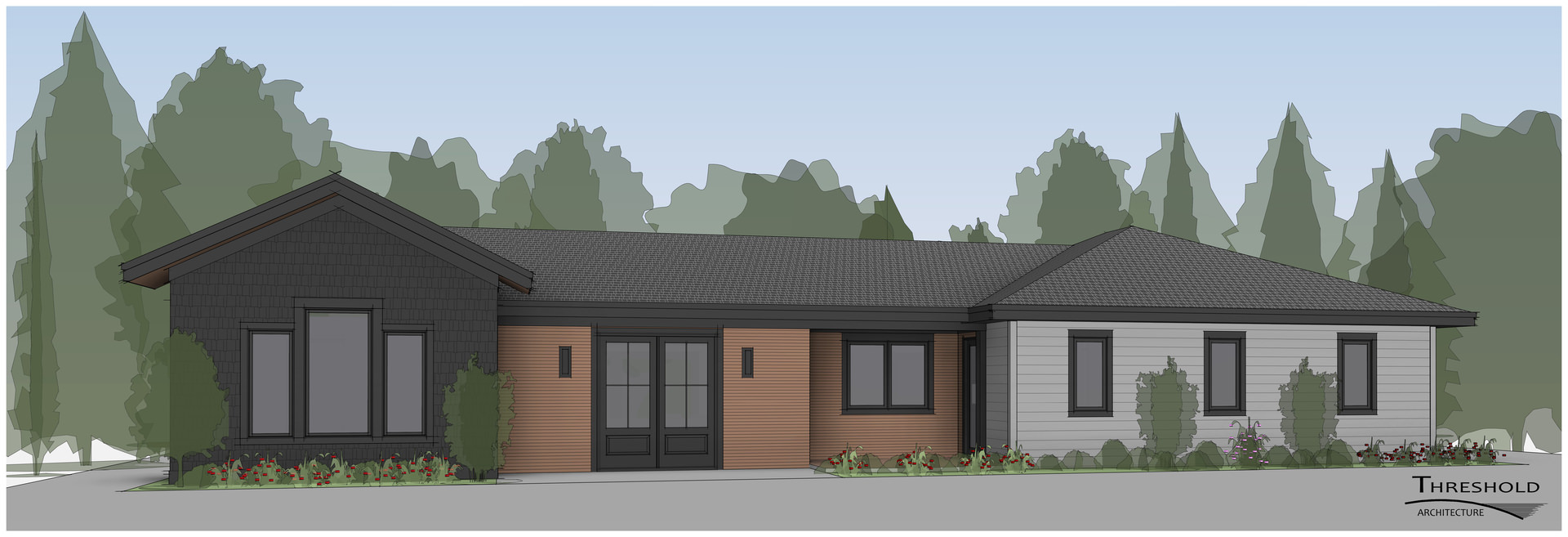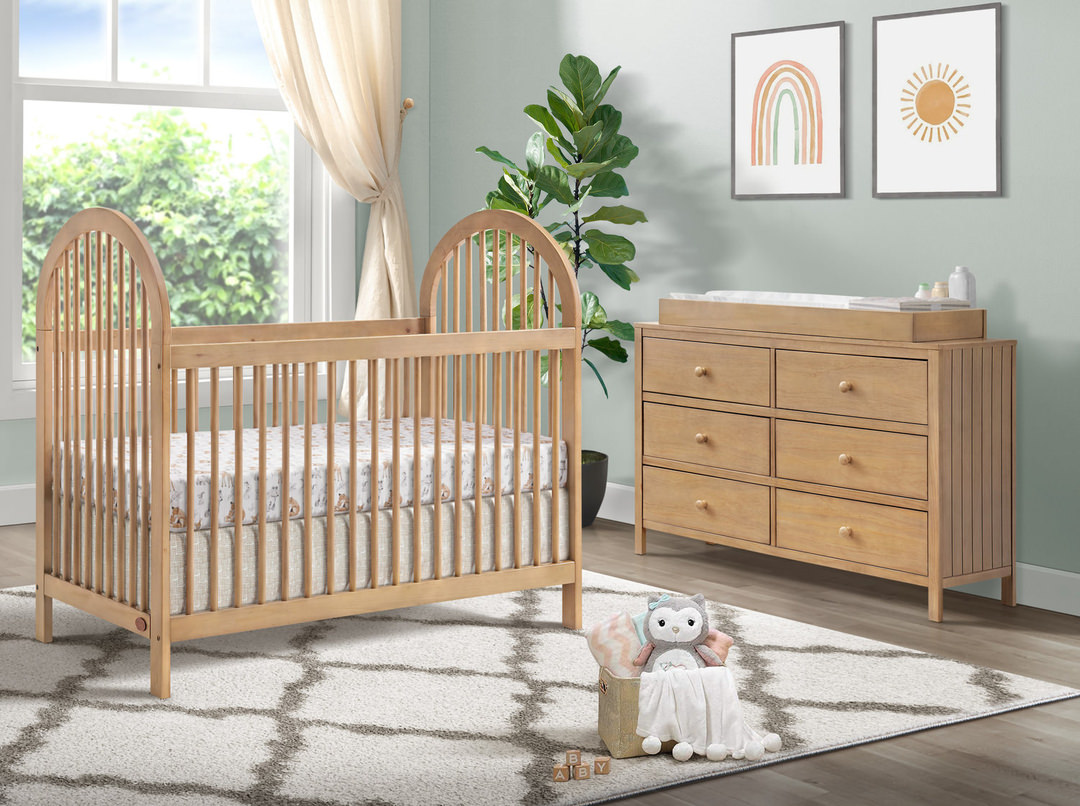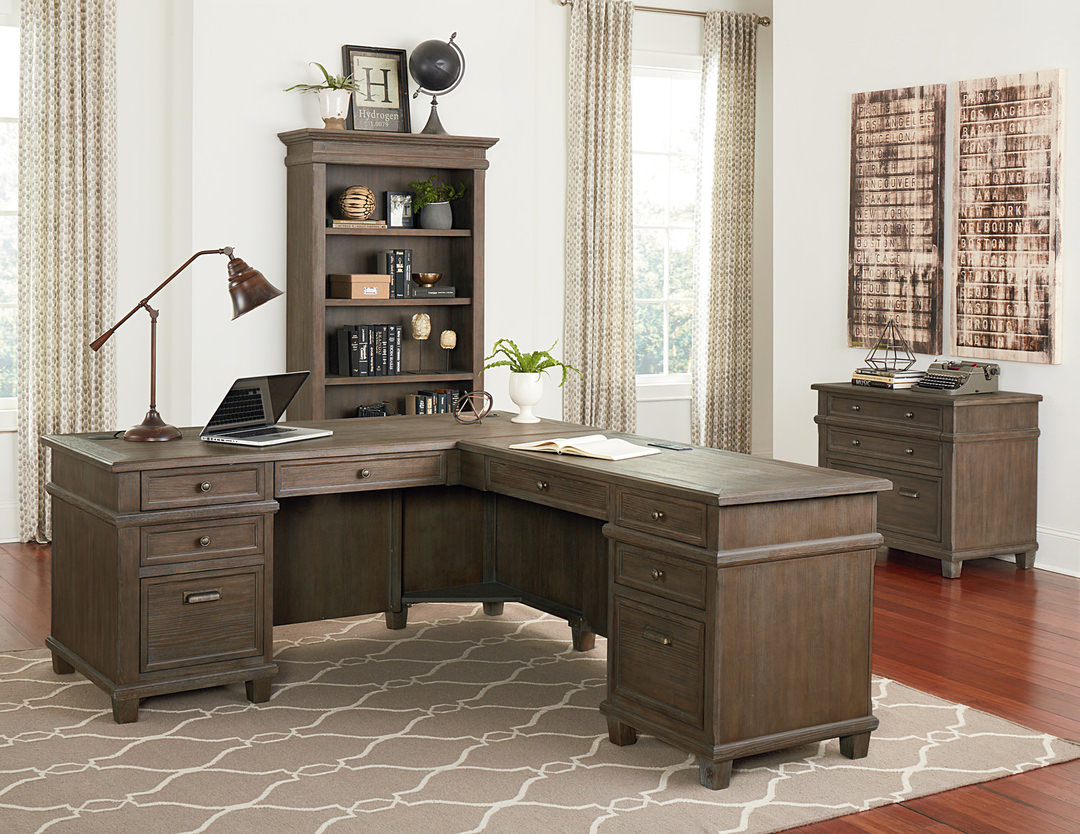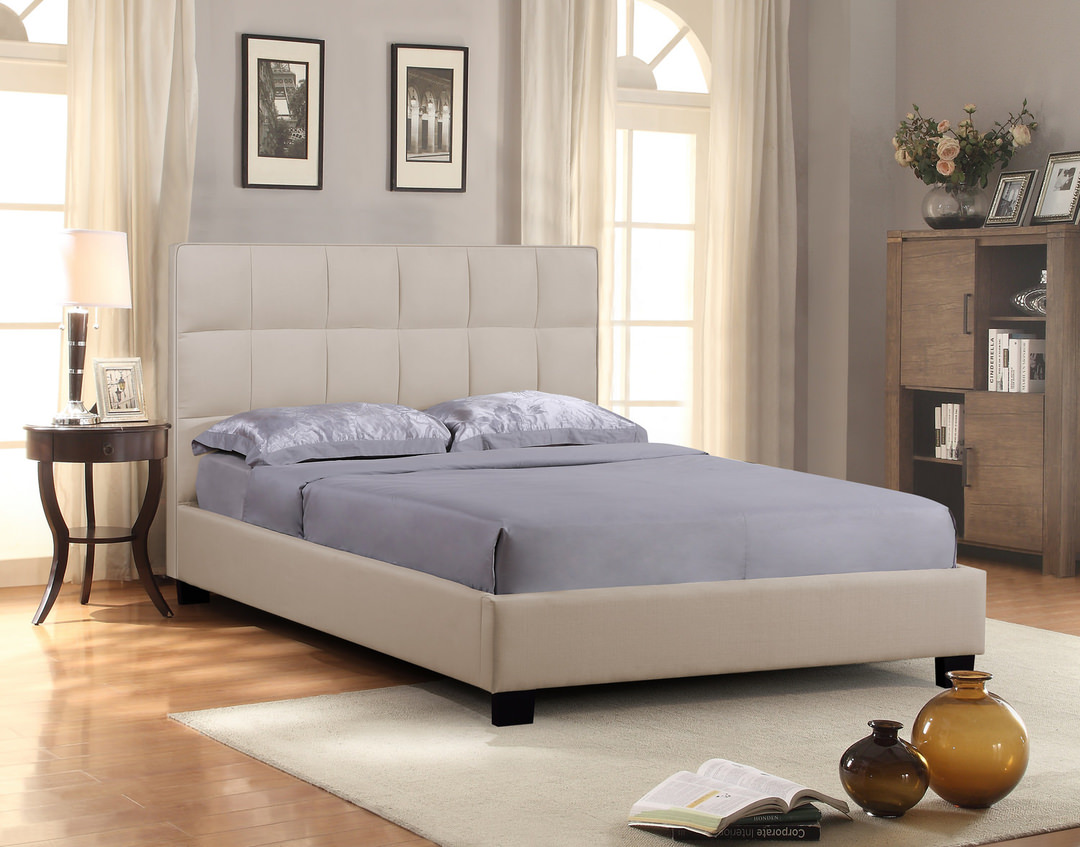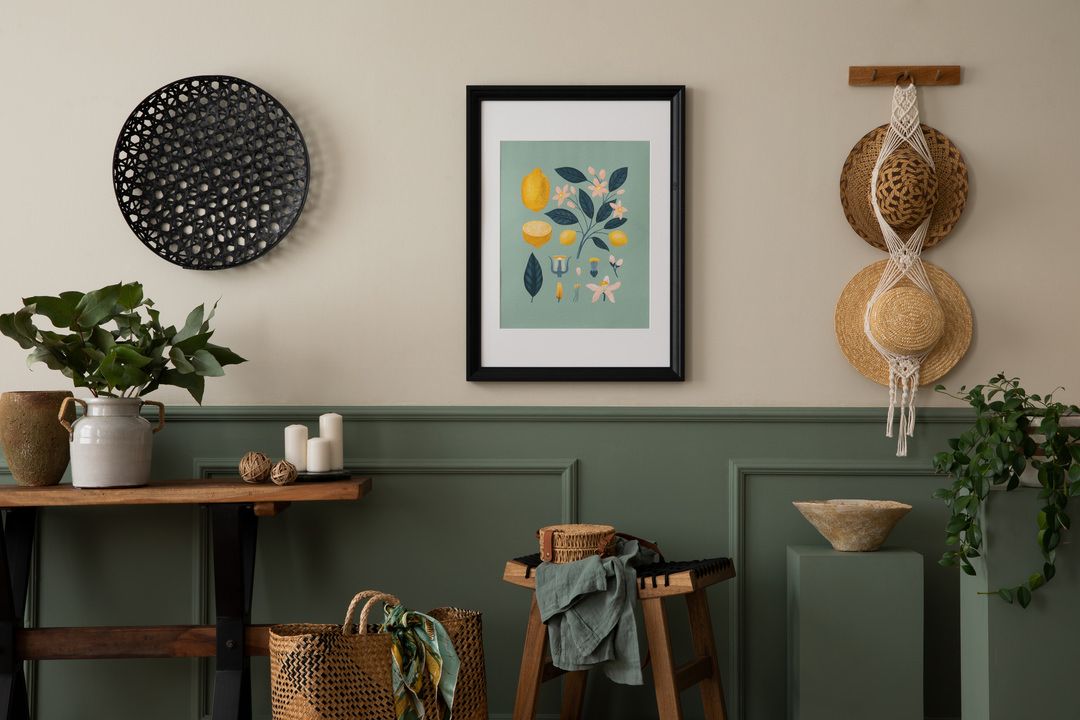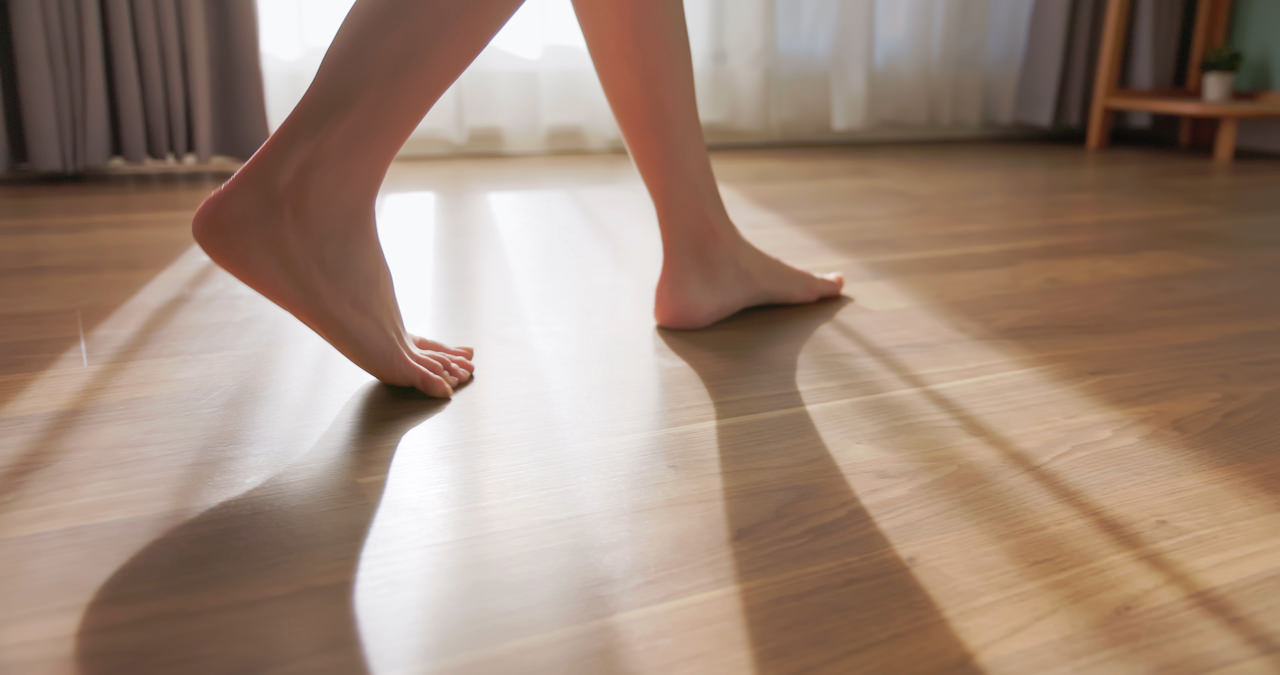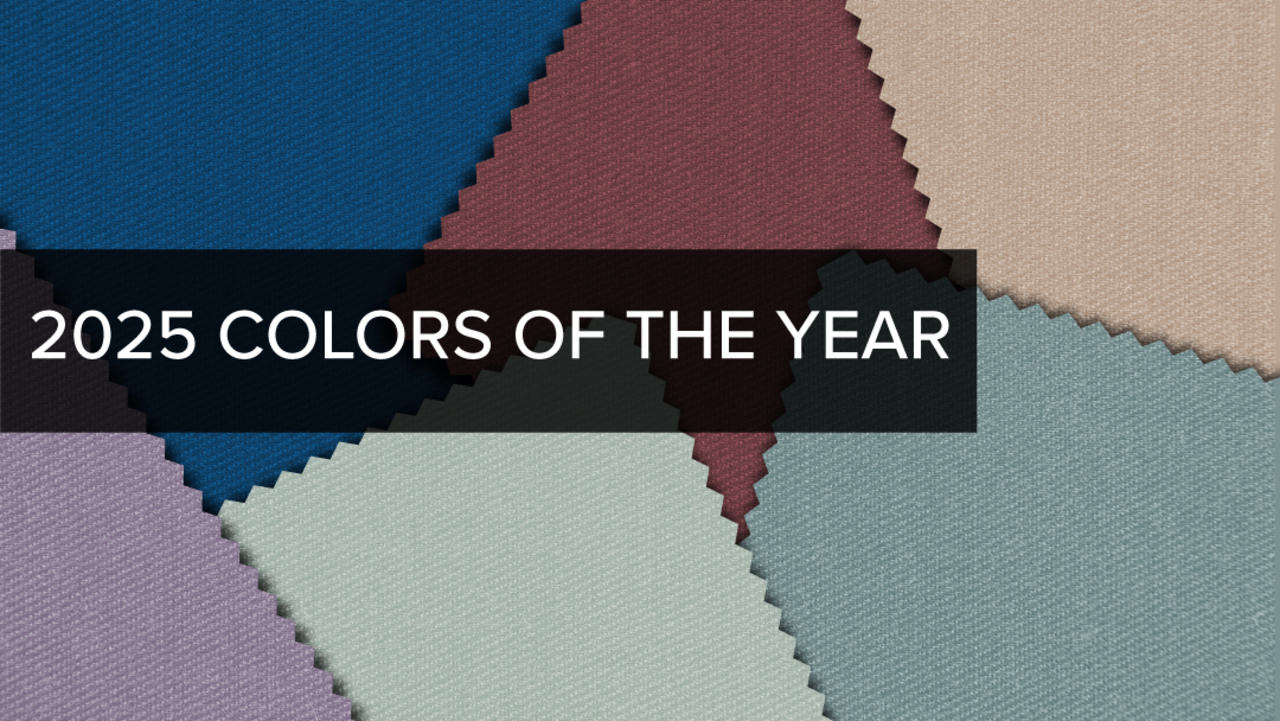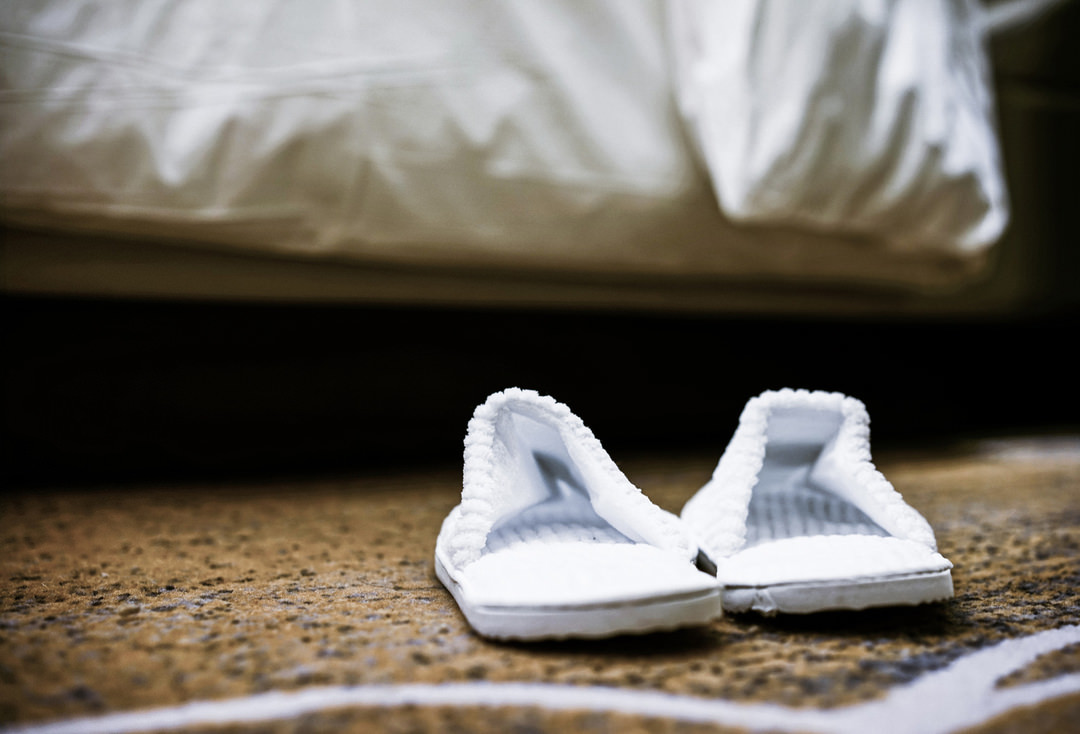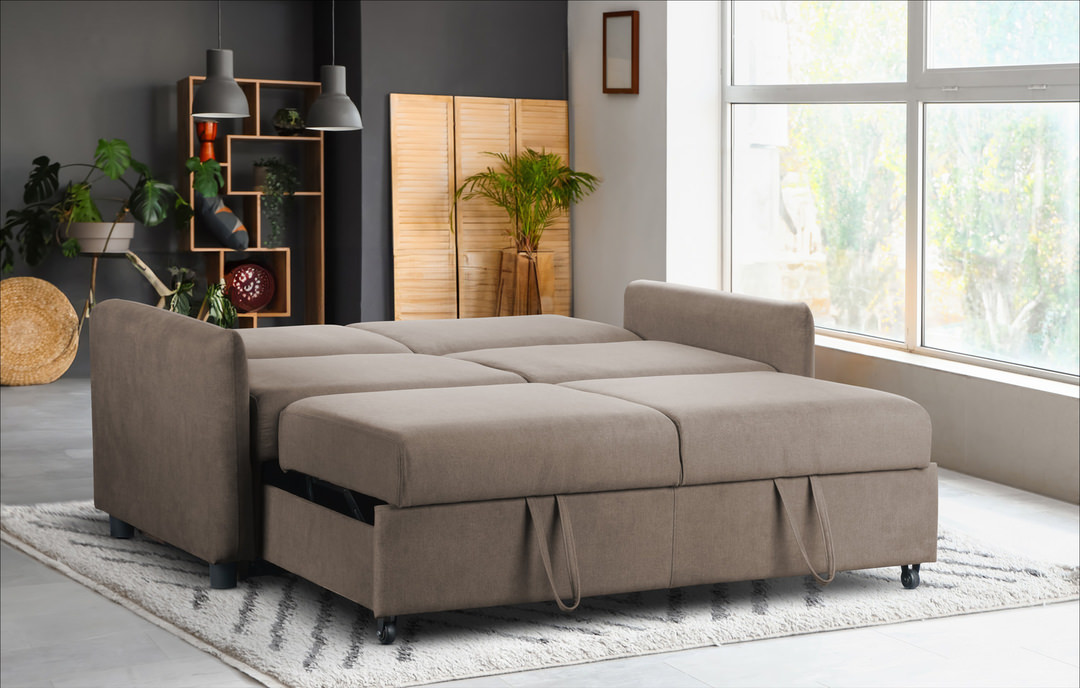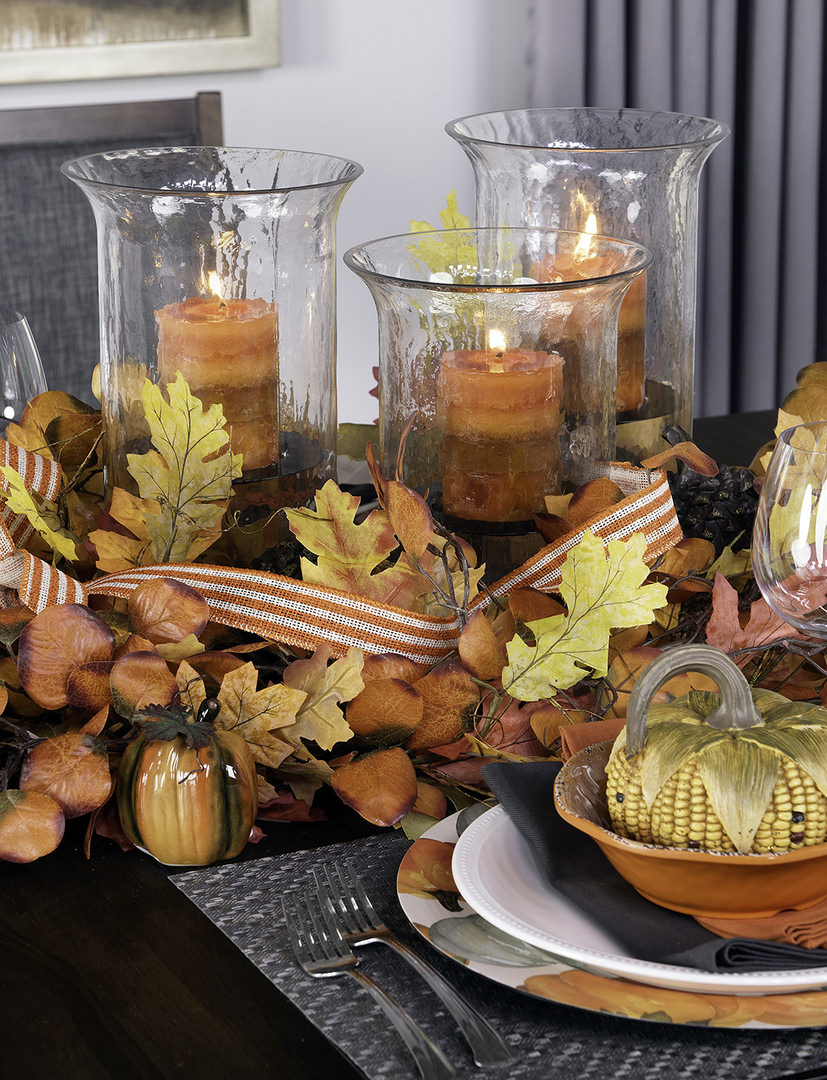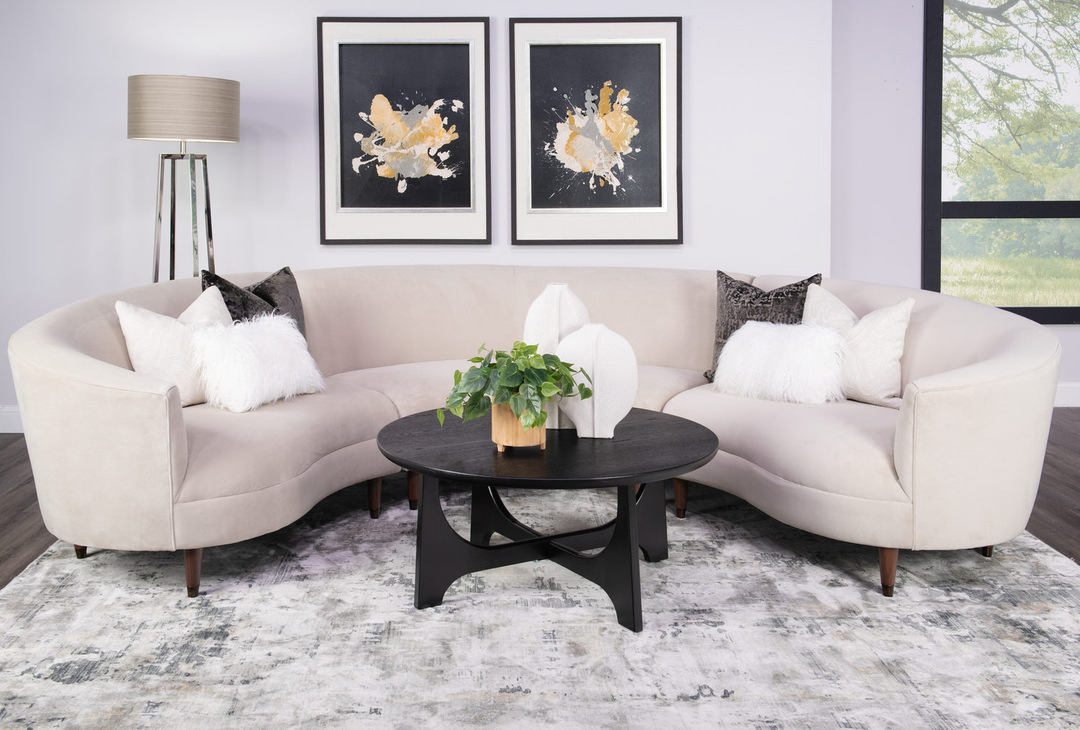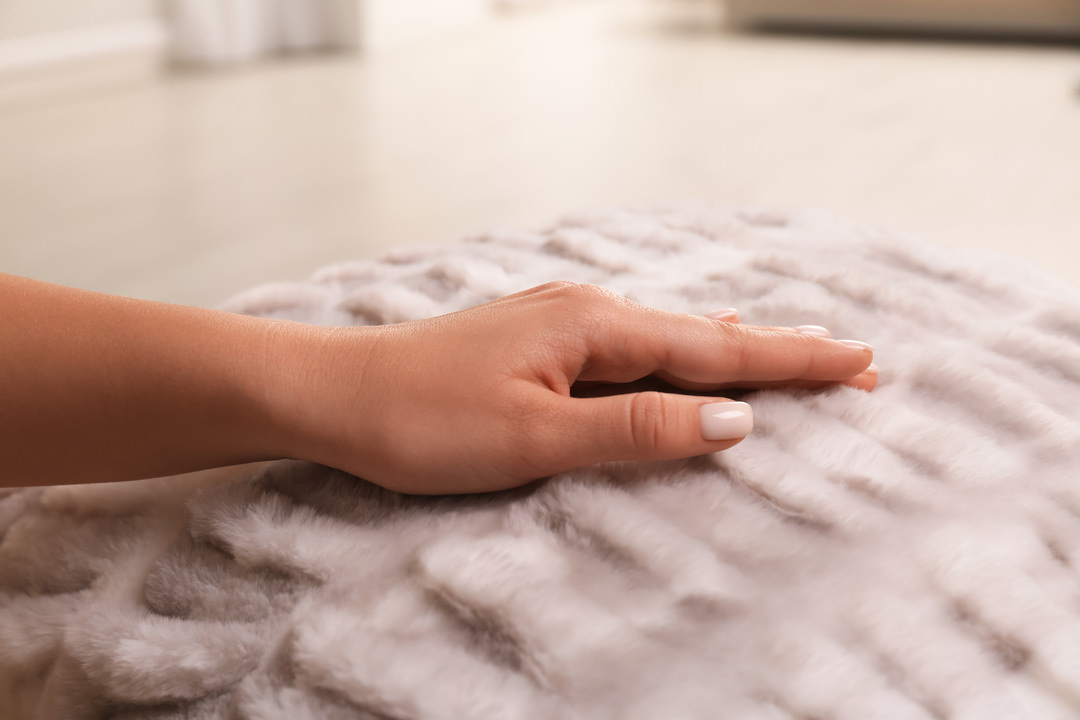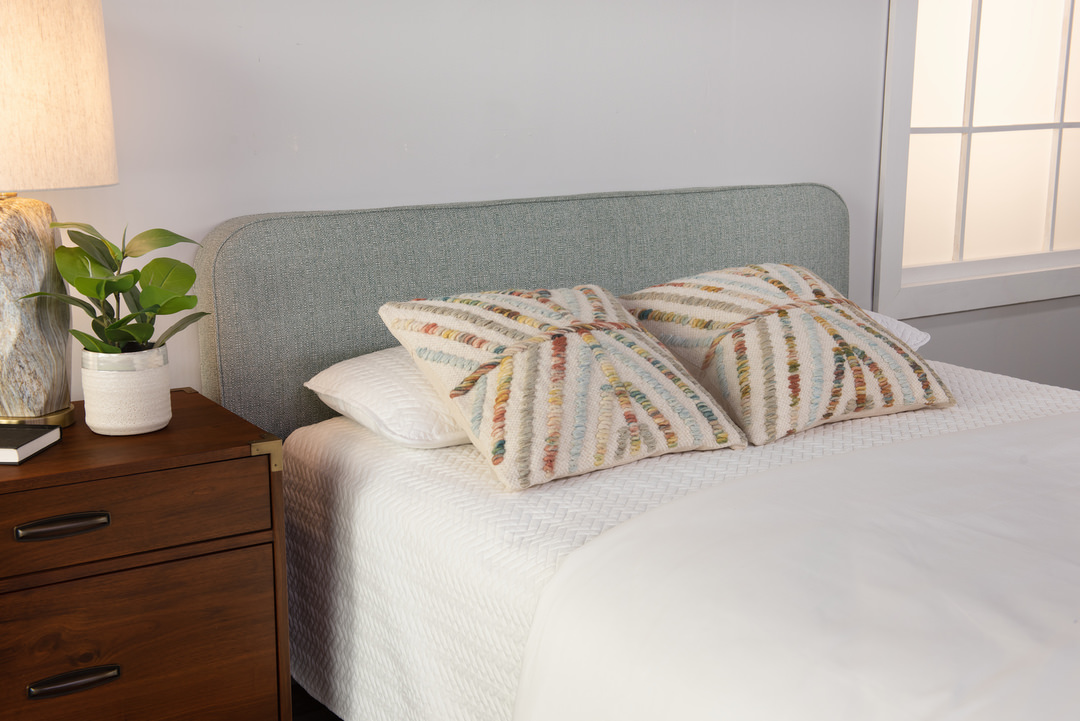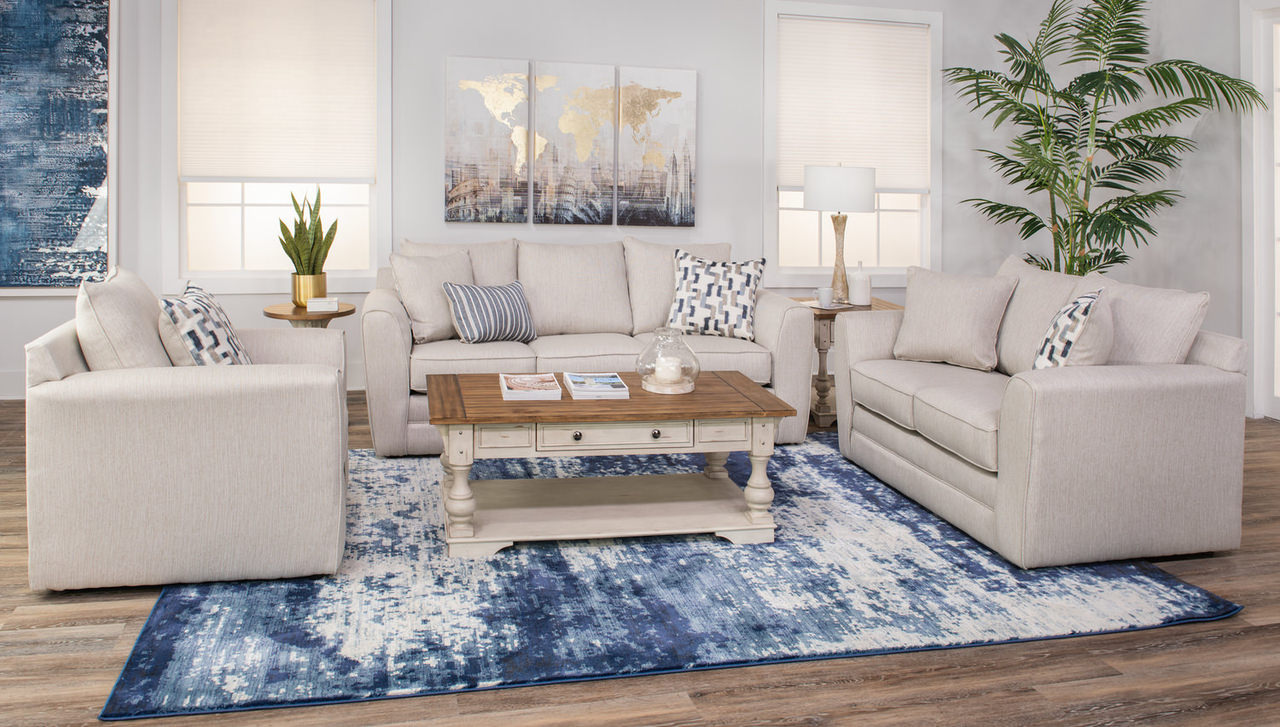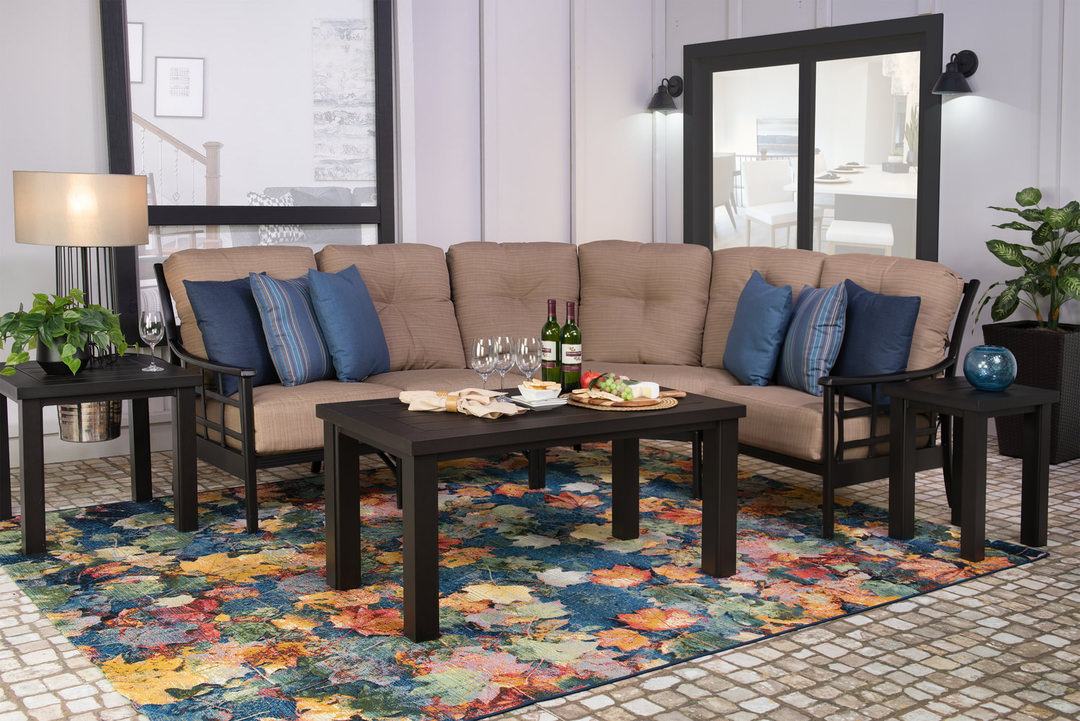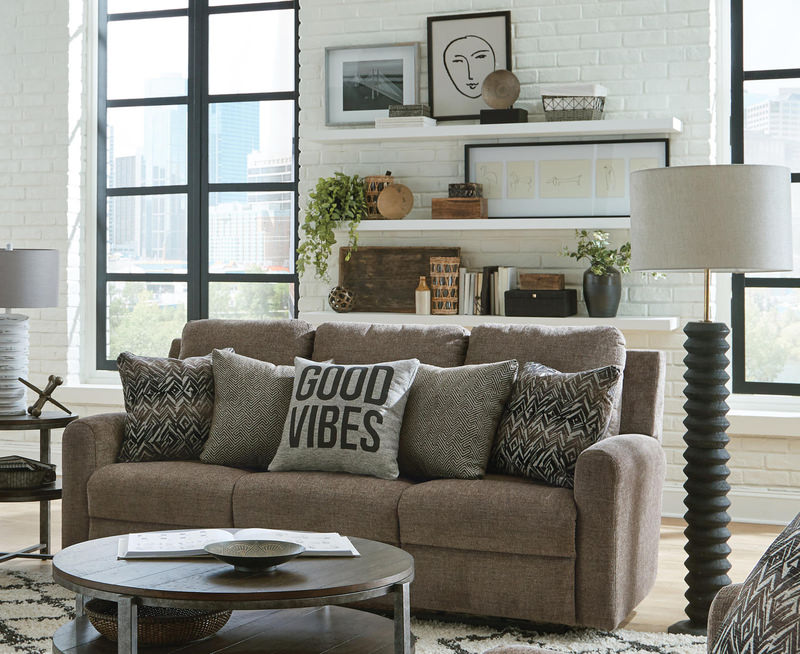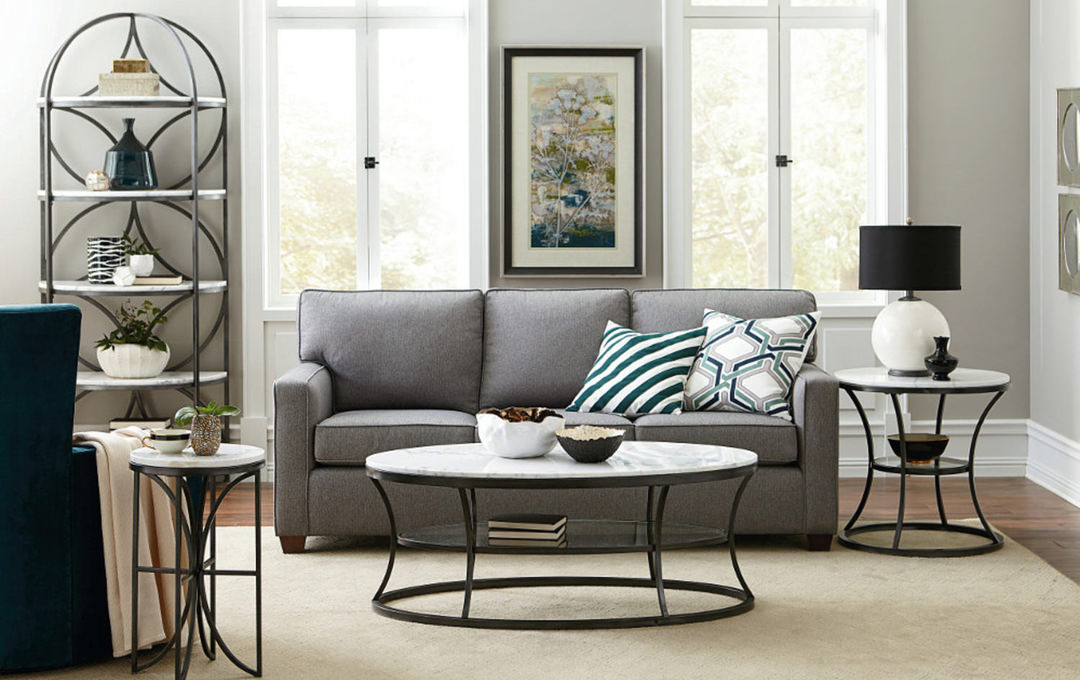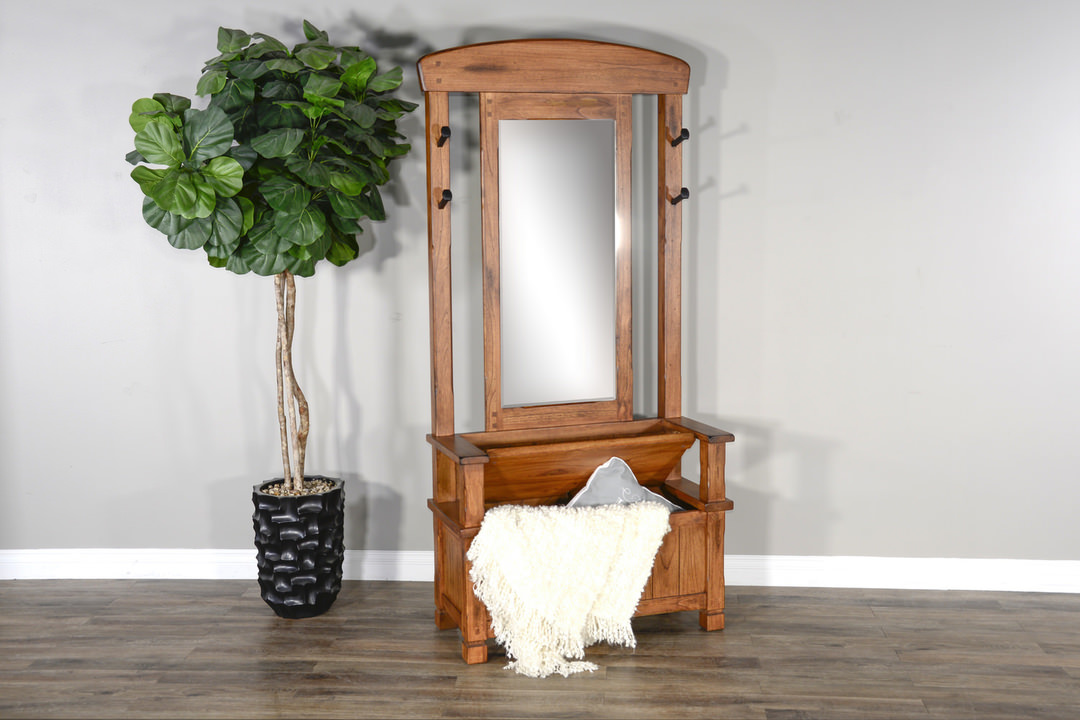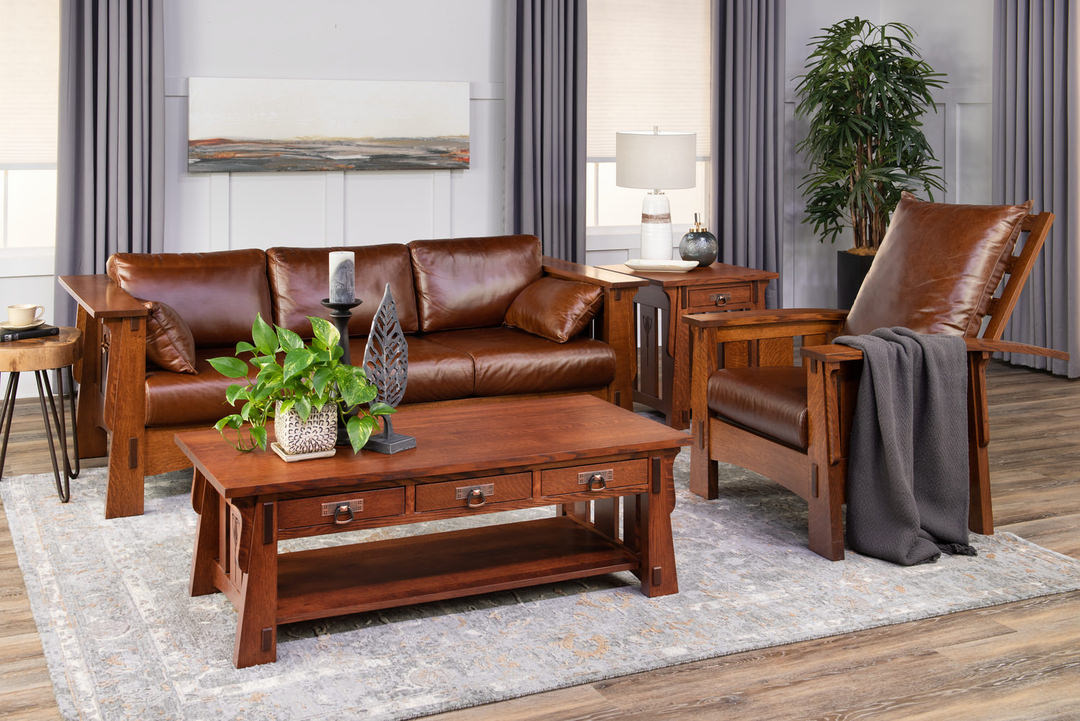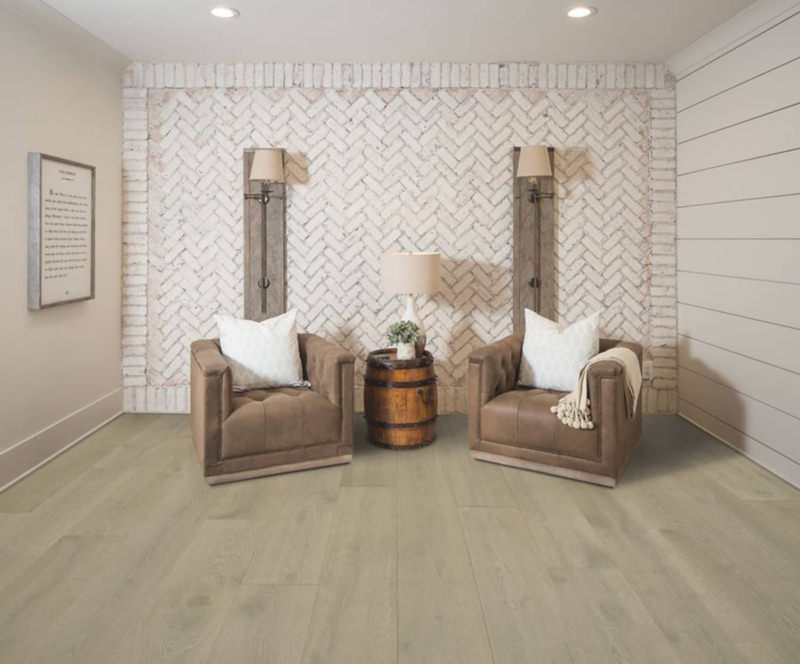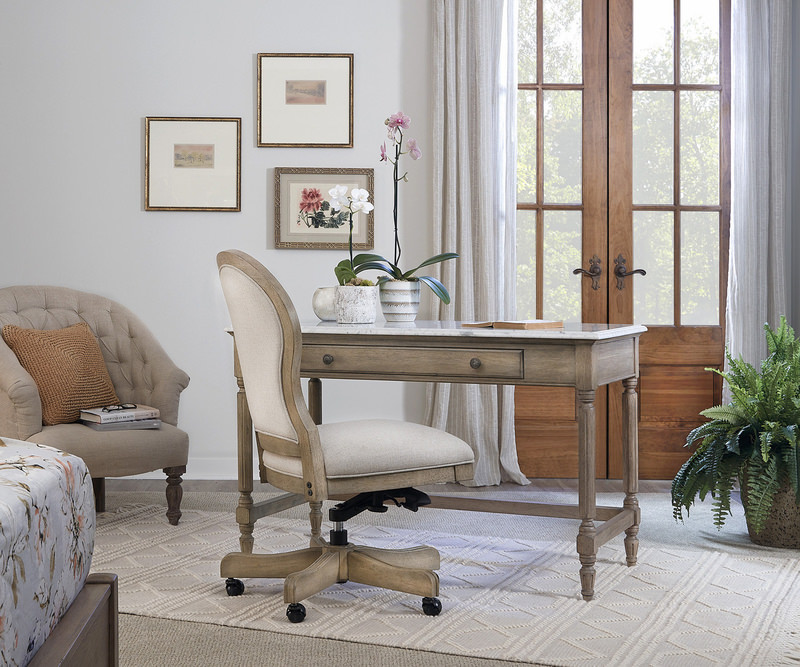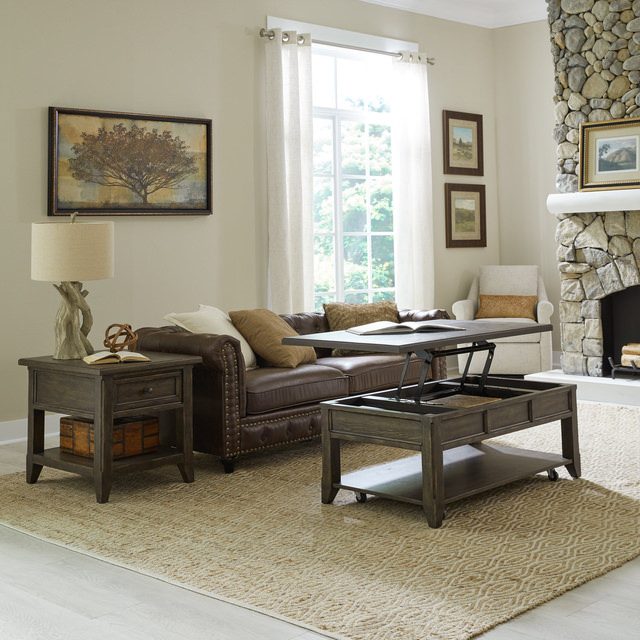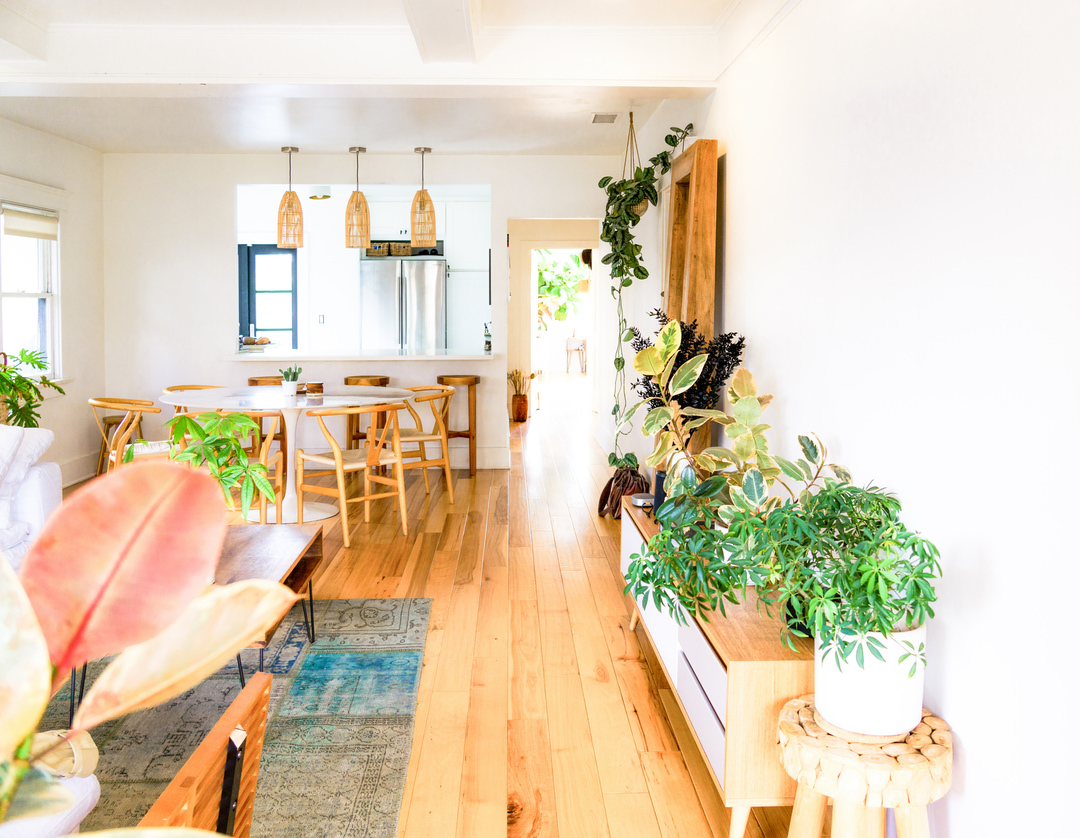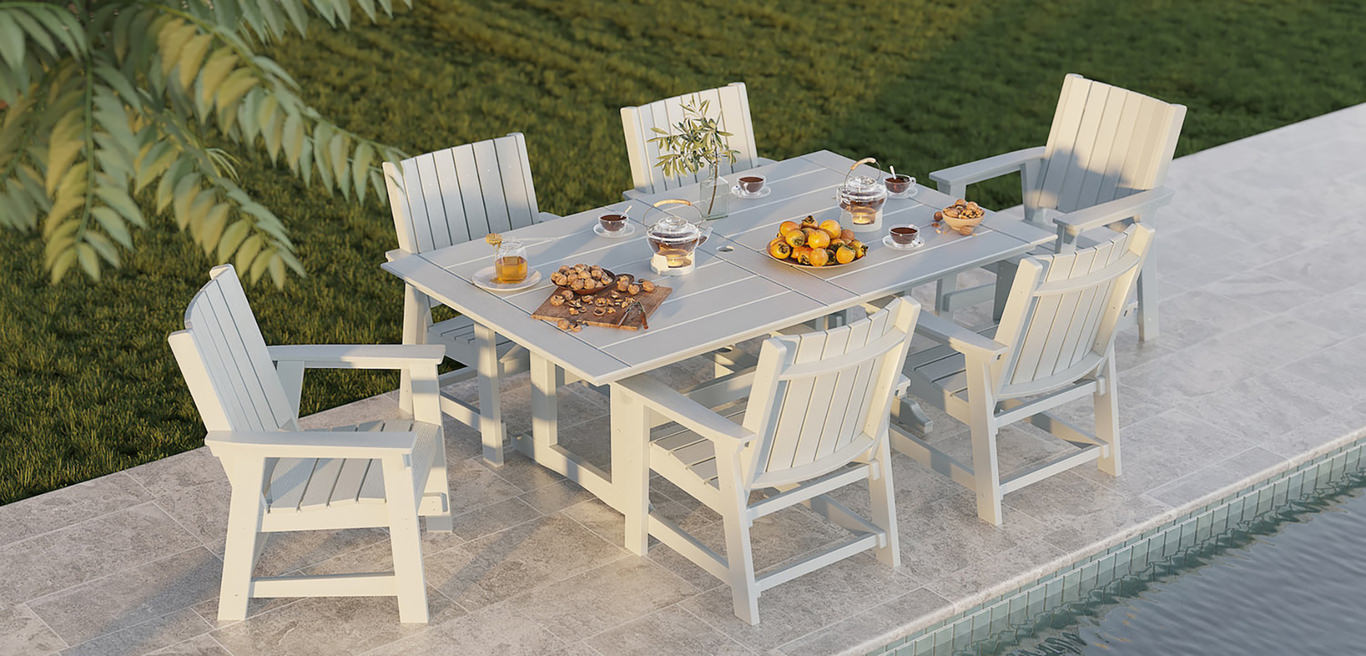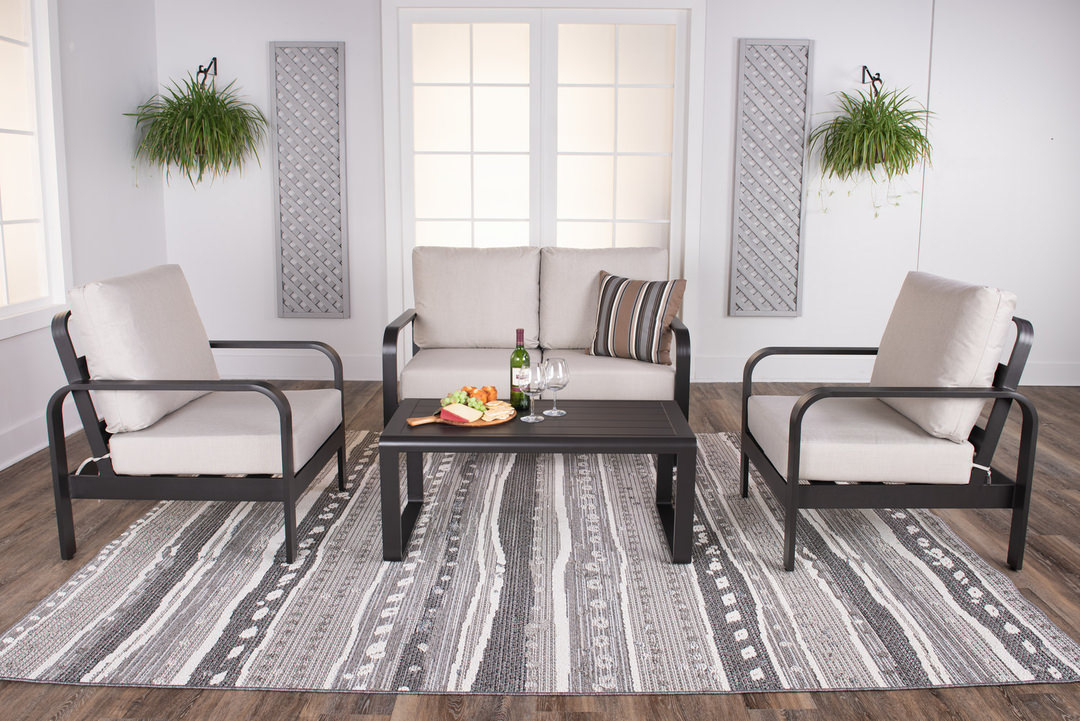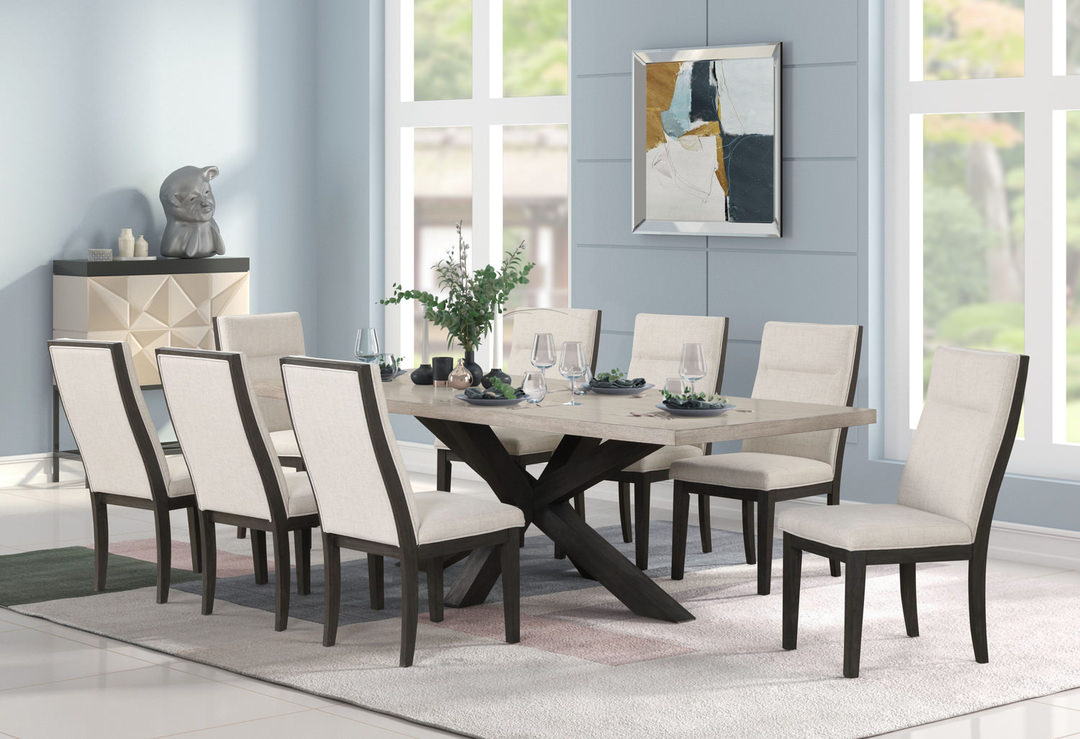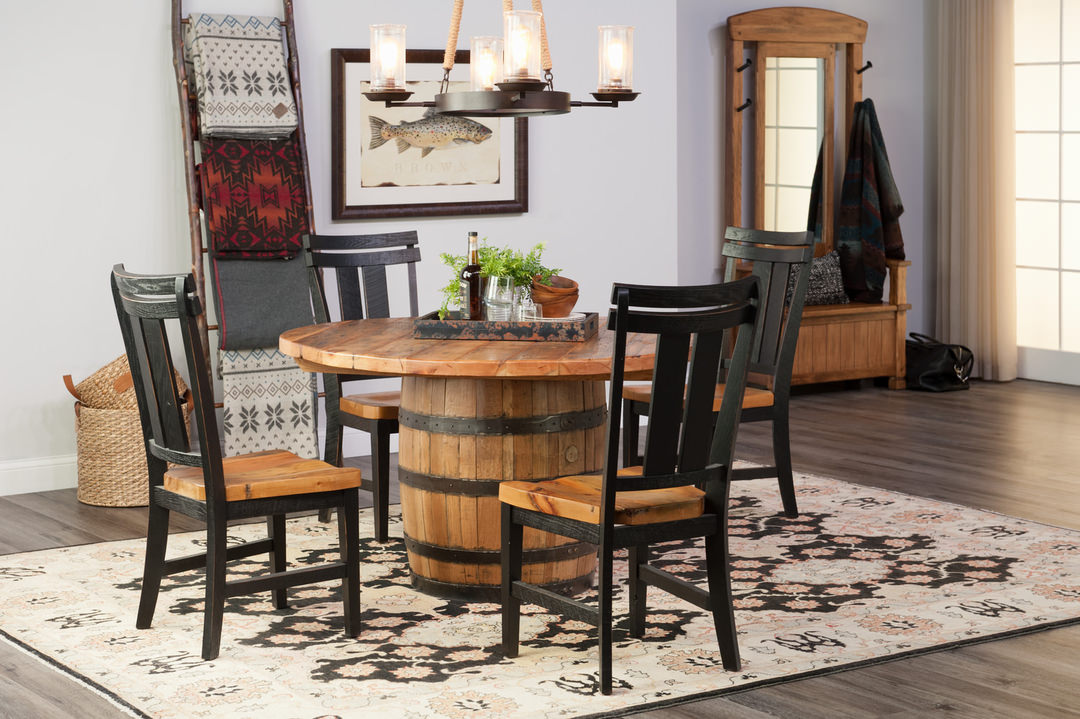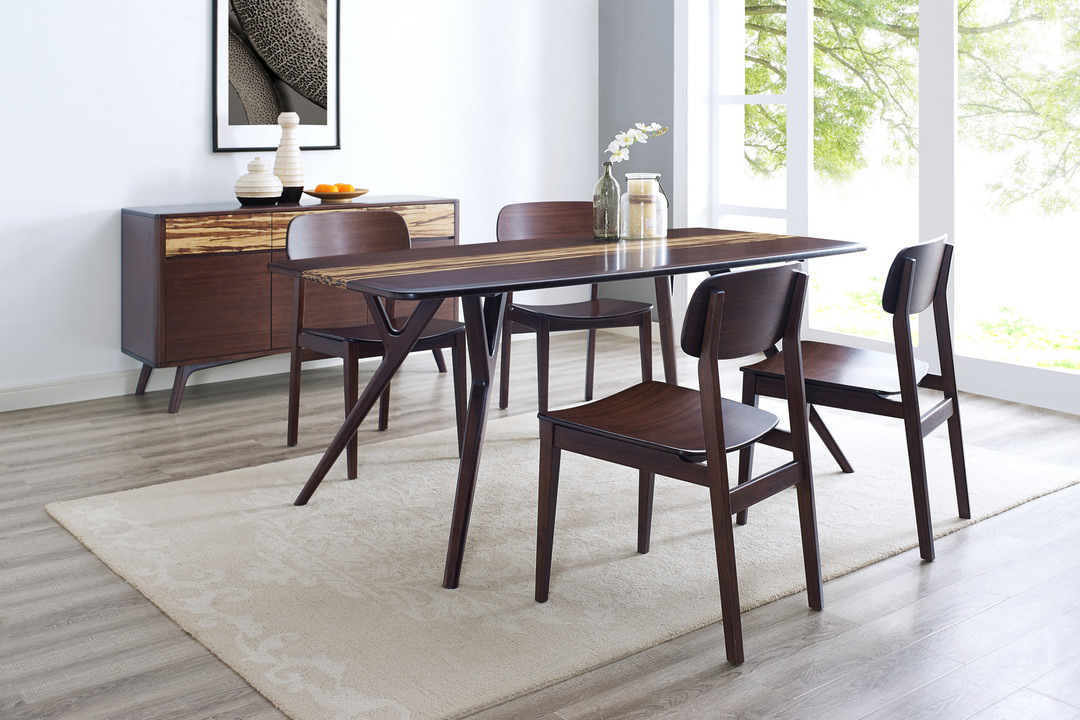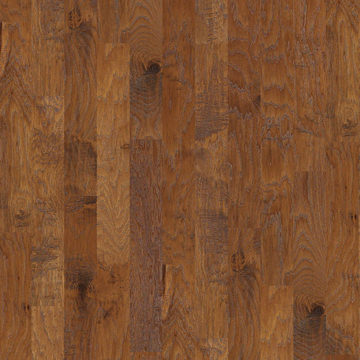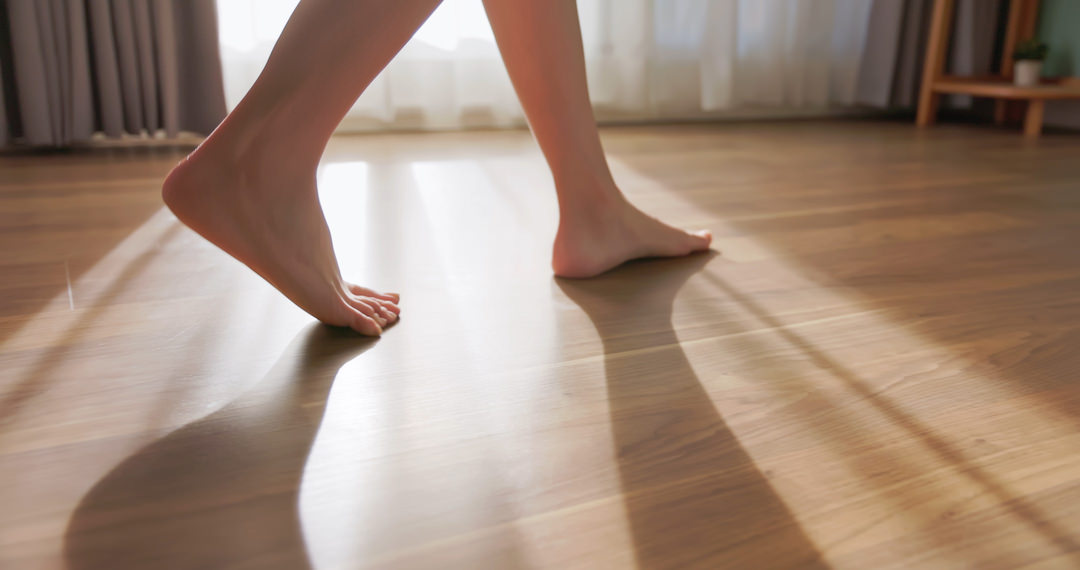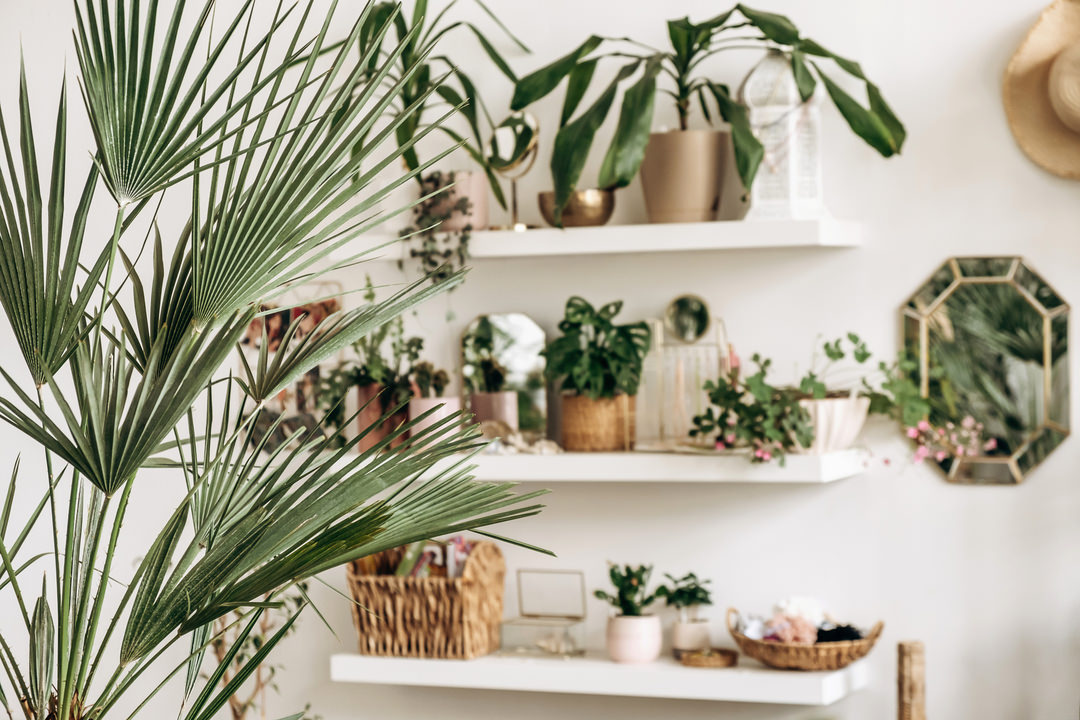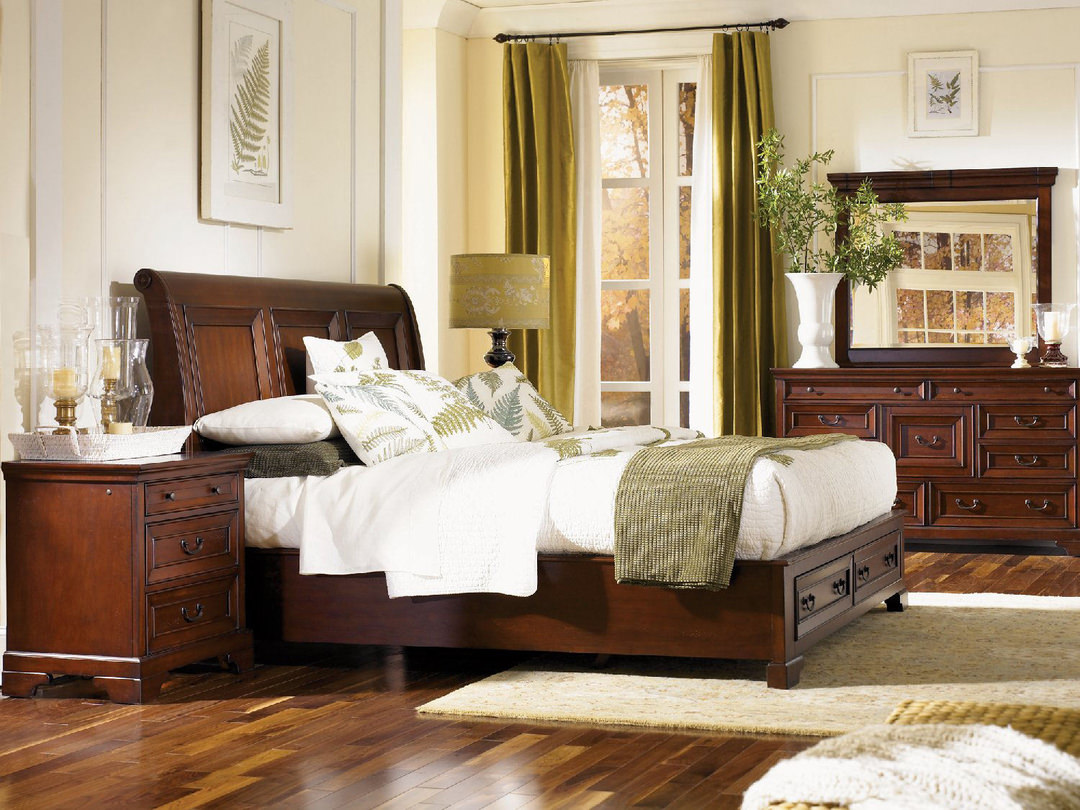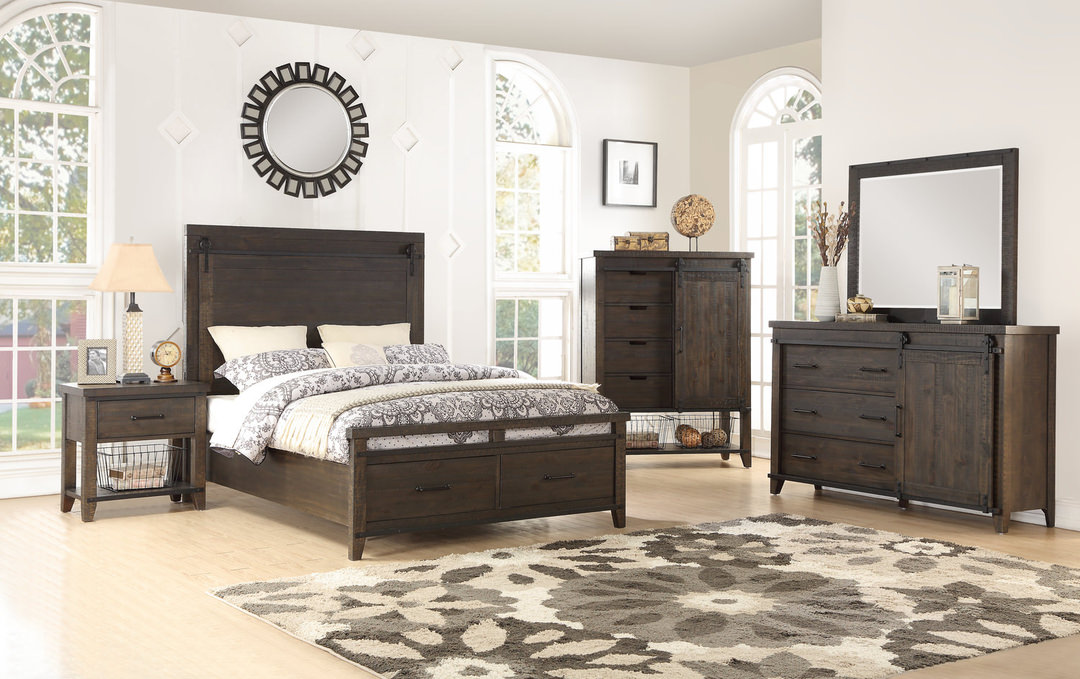Eco Friendly Flooring
Learn about more sustainable hard surface flooring and carpet options.
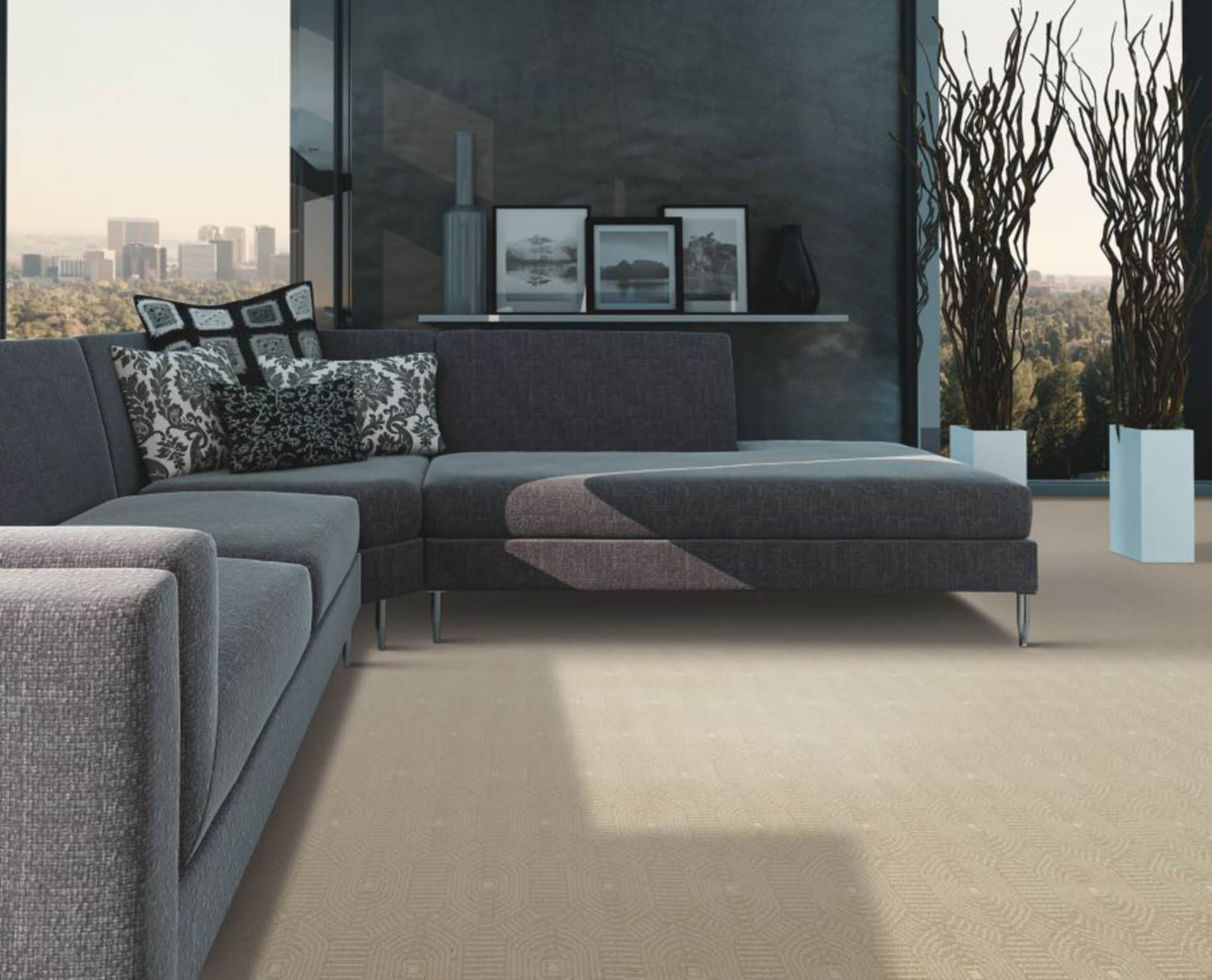
Interior design trends come and go, but sustainability is one trend that’s, well, sustainable. With environmentally responsible choices, everybody wins. They not only protect the earth’s resources but also increase the value of a home!
Green design is everywhere you look in today’s homes: up, down or even under your feet! Literally under your feet, as in flooring. When you look down, you’re standing on an area where sustainability is having a huge impact, and there are plenty of eco-friendly flooring choices to consider for your next flooring purchase.
What Does “Eco Friendly” Mean in Flooring?
The first thing most people ask is, how natural and renewable are the materials? That’s important, but it’s only part of what it takes for flooring to be eco friendly! There are additional questions that need to be considered:
· What is the manufacturing footprint?
· How long will the floor last?
· Can it be recycled at the end of its useful life?
· Does it release any harmful substances?
· Do materials have to be transported a long way?
An organization known as the Cradle to Cradle Products Innovation Institute sets worldwide standards for safe and responsible manufacturing. Many floor product manufacturers strive to meet their assessment criteria.
What Is the Most Eco-Friendly Flooring?
Some of the most popular sustainable flooring choices are wood and linoleum. However, hard flooring isn’t the only option. If you like the walking comfort of carpeting, there are several types of carpet with a lower environmental impact.
Wood
Wood is one of the world’s oldest flooring materials and still one of the best! When it’s sourced and manufactured properly, it’s a green choice as well. It should come from managed, renewable forests. The Forest Stewardship Council (FSC) certification label is awarded to wood that’s harvested responsibly.
Another choice is reclaimed wood, from trees that were felled in the past. Salvaged wood is an option to consider, especially in older or rustic homes. Even engineered woods can be eco friendly when they’re developed with limited energy use and without volatile compounds.
Underlayment
Vinyl flooring gets a push in the right direction when its attached underlayment is made of cork. Cork doesn’t even require chopping down a tree! It’s harvested from the bark, which renews itself in three years. Also, some underlayment is manufactured from recycled plastic bottles. If you’re absolutely in love with the beauty, versatility and durability of luxury vinyl, there’s still a way to reduce your environmental impact!
Laminate
Laminate flooring can also be considered an environmentally friendly flooring option, since it is often composed of recycled materials and doesn’t require rare trees to be harvested. Along with this eco-friendly construction, laminate floors offer several advantages. They are extremely durable and resist staining and scratches, making them a long-lasting option that you can enjoy for years with relatively low maintenance.
For the most environmentally friendly laminate flooring options, look to the certifications. For instance, laminate flooring from the popular flooring brand, Mohawk, is NALFA Certified and GreenGuard Certified and CARB2. This signifies the flooring has been tested and approved to meet the highest standards of any laminate flooring manufacturer. Mohawk manufactures laminate cores with renewable, sustainable southern pine in its US facilities, and uses an average of 74% pre-consumer content in US made Mohawk laminate flooring.
Carpeting
Most carpeting in American homes is made from fossil-fuel materials such as nylon or polyester. However, there are carpeting choices that rival hard floors for eco friendliness.
Natural Materials
Wool is as natural as a product can be! All it needs is sheep and some grass for them to eat. It’s also more practical than you might realize. It stabilizes humidity by capturing and releasing moisture. It insulates and thus reduces heating and air conditioning costs. It’s durable enough to last decades and in some cases centuries. It’s even more stain resistant than many synthetic materials.
Other great natural carpet and rug choices are sisal, jute and seagrass. Jute is frequently used as a carpet backing.
Better Synthetics
There are a couple synthetic carpeting materials that take advantage of natural and recycled products.
SmartStrand is sometimes called “corn carpet” because corn glucose is used in place of petroleum-based ingredients. It’s produced more efficiently than nylon carpeting, and, because it has fewer chemicals, “off-gassing” of pollutants is less of an issue. It’s a soft fiber product that has a gentler feel than most carpet fibers, and it’s renowned for its stain resistance.
Polyethylene terephthalate (P.E.T.) doesn’t sound like an eco-friendly name, but in fact the P.E.T. chips that make up the carpeting are made largely from recycled plastic containers. Sometimes the product is called “pop bottle carpet.” While it’s not as eco-friendly as natural carpet, it takes much less energy to produce than nylon. Its raw material and manufacturing costs make it an affordable choice! It’s highly stain resistant. Often, it’s offered in flecked patterns.
With all these options, it’s easier than ever to make a green choice the next time you replace your flooring. Both hard flooring and carpeting offer choices that are not only fashionable but also make the world a healthier place!
